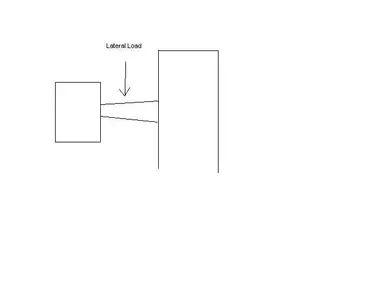F1 timings, I have asked the BBC to try it as an idea, but didn't hear from them! But if we have a Web Page behind us could it help the idea?
Timings are to a thousandth of a second, which all well & good and wow fantastic Jenson is just 0.001 seconds behind Lewis! But what does that mean in regards to distance? Can we super imposed the cars image on the same shot on the finish line, to confirm the difference 1cm, 2cm's, 5cm's, etc, etc.
I can relate to the time, a thousand of a second is mighty close, but what's the corresponding distance? Just believe the viewer would get a better understanding how close these cars perform by something they can physically see.
Thinking of the calculation there are 2 ways to look at it (based on the car with the slower time & based on 1mph = 1.6093 kmh):
1 - Speed on the Finishing Line, i.e. 190mph (305.767kmh), therefore 0.001 second = 305.767 /60 (1min) /60 (1 sec) & /1000 (1 thousandth) = 8.49mm
2 - Average Lap time, i.e. 126 mph (202.771kmh), therefore 0.001 seconds = 202.771/60/60/1000 = 5.63mm
Some mathematician would be able to confirm which of the 2 theories would best suit?
But with my example if Jenson was 0.001 behind Lewis @ Spa, crossing the line @ 165mph there would be 7.3mm between them or the width of standard HB pencil. If you then superimposed the 2 McLaren's together on the Spa Finish Line, you'd see a better comparison on how close they were.
Just an idea, does it make sense?

